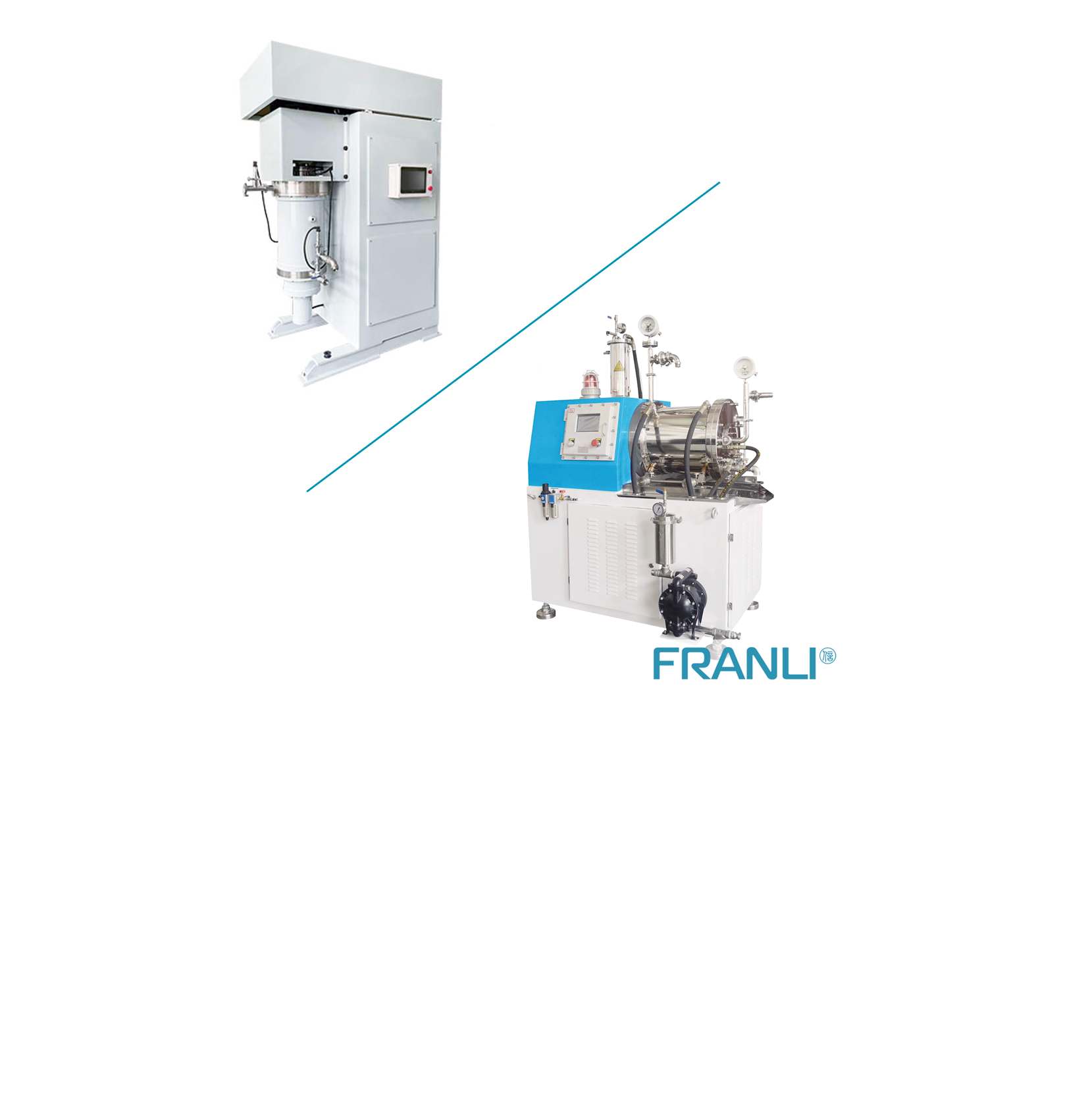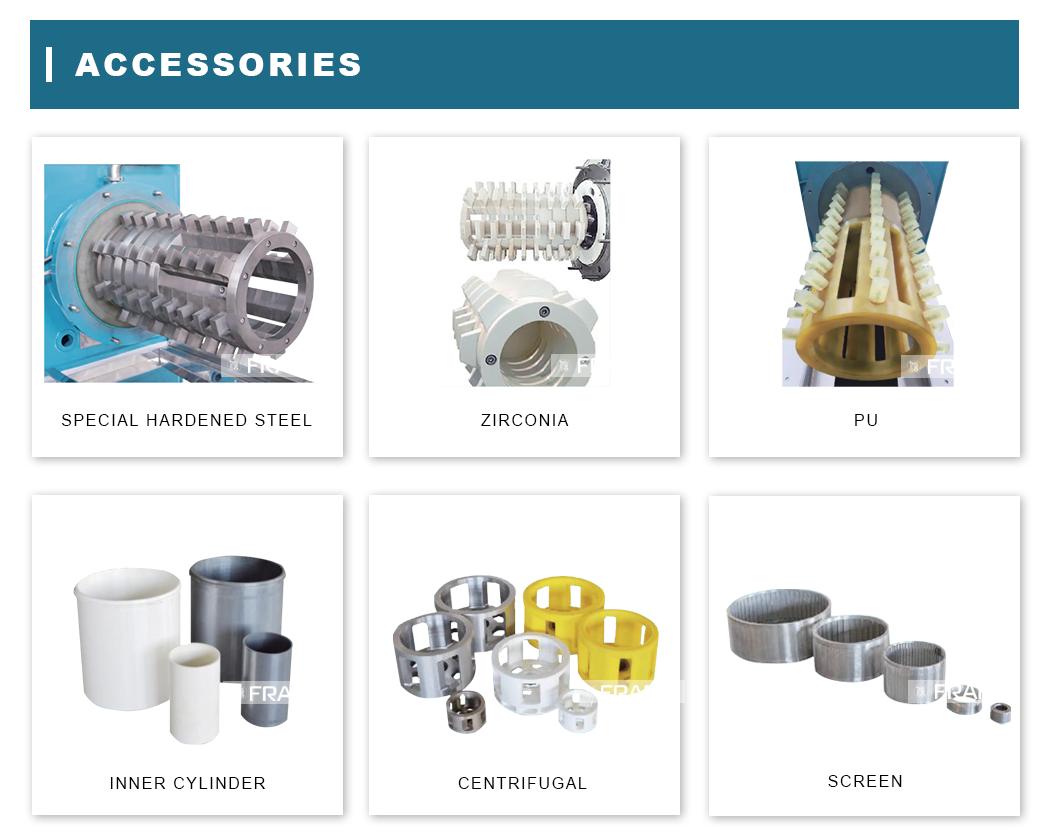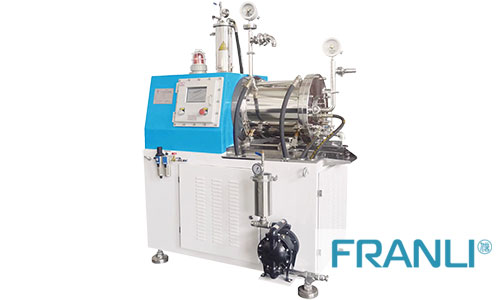-
Equipments
-
-
NEWS
- Double planetary mixer new t...
- Multiple paddle options of D...
- Double planetary mixer is th...
- Multiple mixing tanks with d...
- Double planetary mixer for c...
- Double planetary mixer can b...
- Double planetary mixer has E...
- Double Planetary Mixer Excel...
- Principle of asteroid rotati...
- Efficient and uniform mixing...
-
Contact Us
Or Contact Info
-
Coating
-
-
NEWS
- Double planetary mixer new t...
- Multiple paddle options of D...
- Double planetary mixer is th...
- Multiple mixing tanks with d...
- Double planetary mixer for c...
- Double planetary mixer can b...
- Double planetary mixer has E...
- Double Planetary Mixer Excel...
- Principle of asteroid rotati...
- Efficient and uniform mixing...
-
Contact Us
-
Adhesives
-
-
NEWS
- Double planetary mixer new t...
- Multiple paddle options of D...
- Double planetary mixer is th...
- Multiple mixing tanks with d...
- Double planetary mixer for c...
- Double planetary mixer can b...
- Double planetary mixer has E...
- Double Planetary Mixer Excel...
- Principle of asteroid rotati...
- Efficient and uniform mixing...
-
Contact Us
-
Agrochemistry
-
-
Agrochemistry
- Emulsifiable Concentrate
- Suspension Concentrate
-
-
-
NEWS
- Double planetary mixer new t...
- Multiple paddle options of D...
- Double planetary mixer is th...
- Multiple mixing tanks with d...
- Double planetary mixer for c...
- Double planetary mixer can b...
- Double planetary mixer has E...
- Double Planetary Mixer Excel...
- Principle of asteroid rotati...
- Efficient and uniform mixing...
-
Contact Us
-
Battery
-
-
Battery
- Battery Slurries
-
-
-
NEWS
- Double planetary mixer new t...
- Multiple paddle options of D...
- Double planetary mixer is th...
- Multiple mixing tanks with d...
- Double planetary mixer for c...
- Double planetary mixer can b...
- Double planetary mixer has E...
- Double Planetary Mixer Excel...
- Principle of asteroid rotati...
- Efficient and uniform mixing...
-
Contact Us
-
Cosmetic
-
-
Cosmetic
- Lipstick
- Eyebrow Pencil
- Ointment
-
-
-
NEWS
- Double planetary mixer new t...
- Multiple paddle options of D...
- Double planetary mixer is th...
- Multiple mixing tanks with d...
- Double planetary mixer for c...
- Double planetary mixer can b...
- Double planetary mixer has E...
- Double Planetary Mixer Excel...
- Principle of asteroid rotati...
- Efficient and uniform mixing...
-
Contact Us
Sand Mill
 Sand Mill
Sand Mill
The sand mill is mainly composed of the body, the grinding cylinder, the sand grinding disc (lever), the grinding medium, the motor and the feeding pump.
Performance classification:
horizontal sand mill, vertical sand mill, laboratory sand mill.
Application:
widely used in coatings, dyes, paints, inks, medicine, magnetic powder, ferrite, photosensitive film, pesticides, papermaking and cosmetics, etc.

Main Parts

Sand mills are mainly used for the wet grinding of chemical liquid products. According to the performance, it can be divided into a horizontal sand mill, basket sand mill, vertical sand mill, laboratory sand mill, etc. It is mainly composed of a body, grinding cylinder, sand grinding disc (lever), grinding medium, motor and feeding pump. The speed of feeding is controlled by the feeding pump. The grinding media of this equipment are generally divided into zirconia beads, glass beads, zirconium silicate beads, etc.
A horizontal sand mill is a high-efficiency wet ultra-fine grinding and dispersing machine widely used in non-metallic mineral industries such as coatings, dyes, paints, inks, medicine, magnetic powder, ferrite, photosensitive films, pesticides, papermaking, and cosmetics. . Horizontal sand mills can be divided into ordinary horizontal sand mills, wheel-pin horizontal sand mills, toothed disc horizontal sand mills and turbo horizontal sand mills according to different structures.
Horizontal sand mill

The horizontal sand mill integrates the essence of the current domestic and foreign models. It has the advantages of high efficiency, strong work continuity, less pollution, and reliable automatic control. It also has the advantages of low cost, compact structure, generous shape, and convenient use and maintenance. Strong practicality.
1. Ordinary horizontal sand mills are divided into five types according to the effective volume of the working cylinder: WS-15, WS-20, WS-25, WS-30, and WS-45.
2. According to the material in contact with the material, it is divided into carbon steel and stainless steel.
3. According to the specific use conditions and requirements, there are 20 types of explosion-proof and ordinary motors.
Working principle of horizontal sand mill
The horizontal sand mill uses the material pump to feed the solid-liquid phase mixture material after pre-dispersion and wetting treatment by the mixer into the barrel, and the material and the grinding medium in the barrel are stirred by the high-speed rotating disperser so that the material in the material is stirred. The solid particles and the grinding medium produce more intense collision, friction and shearing action to achieve the purpose of speeding up the grinding of fine particles and dispersing aggregates. After grinding and dispersing, the grinding medium is separated by a dynamic separator and flows out from the discharge pipe. The horizontal sand mill is especially suitable for dispersing and grinding products with high viscosity and fine particle size.
Vertical sand mills generally refer to sand mills. Sand mill is currently the most widely adaptable, most advanced, and most efficient grinding equipment. It has the narrowest grinding cavity, the smallest lever gap, and the most intensive grinding energy. With the high-performance cooling system and automatic control system, the material can be continuously The continuous discharge of processing material greatly improves the production efficiency.
vertical sand mill
 A vertical sand mill is a wet ultrafine grinding equipment, which is developed from a ball mill. Widely used in pigment dispersion and grinding in the ink production process. Vertical sand mills are classified in different ways:
A vertical sand mill is a wet ultrafine grinding equipment, which is developed from a ball mill. Widely used in pigment dispersion and grinding in the ink production process. Vertical sand mills are classified in different ways:
l According to the structure and shape of the stirring shaft, it can be divided into disc type, rod type, and rod disc type (both convex types).
l According to the layout of the grinding cylinder, it can be divided into vertical type and horizontal type.
l According to the volume of the cylinder, it can be divided into the laboratory, small, medium, large, and super large.
l The medium separation method can be divided into static and dynamic separation sand mills.
l According to the energy density (installed power per unit volume), it can be divided into low/high energy density sand mills.
To produce different kinds of ink, the structure of the sand mill is also different. The following rules are generally followed: Gravure ink production generally uses pin rods (5-50 liters) or disc sand mills (10-100 liters). Web offset inks generally use the vertical stack (5-130 liters) or horizontal disc sanders (60-500 liters), while ultra-high viscosity sheetfed inks are often produced using high-energy-density conical sanders or three. Roller machine. Inkjet inks (ink and pigment solvent-based) generally use high energy density pin-and-stick (horizontal or vertical) and centrifugal turbine rotors (new patented products).
laboratory sand mill
Laboratory sand mills are used in experimental research, testing, sample production, and formula screening in scientific research universities. The price is reasonable, specializing in ultra-fine physical and mechanical grinding and dispersion solutions for experiments and small tests, and provides laboratory sand mills and other experimental equipment. With dispersion grinding laboratory services. For example, it is used in ceramics, printing inkjet, TFT LCD color filter dispersion, lithium battery materials, thermal paper, CMP, ceramic ink, nanopowder, nano color paste, food additives, and other nano grinding fields.
Features of laboratory sand mill:
1. Be able to accurately plan from small test to large-scale production;
2. Self-circulating system, no need to pump materials, easy to clean, strong flexibility, and stable performance;
3. PLC touch screen operation, the operation terminal has data display;
4. The mixing parts and inner cylinder of the equipment are made of ceramic materials, which do not pollute materials;
5. The pipe is lined with Teflon, which is easy to clean and has no residue.
The sand mill may only be used for the task specified, The correct application is the continuous dispersion and wet grinding of solids suspended in the liquid. pls, check the specific instruction of the sand mill as below.
When operating the sand mill, no products/materials may be processed which under the influence of pressure, temperature and shear might produce uncontrolled reactions ,such as a rise in viscosity or temperature, spontaneous increase in hardness, foam formation, or gas secretion, by which sand mill ratings might be exceeded, be only for a short time.
We advise that even within the limits of the sand mill ratings, the sand milling process might change some product characteristics in an unacceptable way or oven destroy them.
Ensure before operating the sand mill that the product will not react in an undesirable or even uncontrollable way to the sand milling process.
The material to be milled must be pumpable and its viscosity must not increase in the dispersion/milling process in such a way that the product pump can no longer discharge sand milled material.
Proper use also includes compliance with the manufacturer's commissioning-, operation- and servicing instructions (operating instructions), as well as attention to avoidable inappropriate behavior. The sand mill may only be operated and maintained by qualified employees who are familiar with the sand mill and have been informed about potential dangers.
Any other uses will be considered improper. The manufacturer does not accept liability for any damages resulting from improper use.
The operating instructions constitute part of sand mill delivery and, in the case of resale. Must be passed on to the new owner.
Despite all precautions, some dangers may remain when operating the sand mill. Residual dangers are potential, not very obvious hazards, such as e.g.
1.Injury during sol-up, especially from worn, sharp-edged Agitator discs
2.Fire risk from leakages.
3.Risks caused by the product of the rinsing medium, such as allergies, skin irritations, or burns.
4.Risk because of malfunctions of the control system.
5.Risks involved in operating electronic controls.
6.To avoid the above problems, follow the above points of instructions is necessary, which also will protect the sand mill and make its service lift longer.
video
Application
Related Products
More
-
Vacuum Double Planetary Mixer
A Vacuum double planetary mixer is an essential part of any industry to mixing particular material. A double planetary m...
-
Laboratory Double Planetary Mixer
Laboratory double planetary mixer is a kind of non-standardized strong mixing and mixing equipment developed by FLE for ...
-
Hydraulic Lifting High Speed Disperser
The hydraulic lift high speed disperser has the characteristics of simple operation and high flexibility.The hydraulic l...
-
SMP Agitator bead mill
This SMP Agitator bead mill is used in the paint, ink, and coating industries to ready the equal-sized particles of a pa...
-
TRS-Three Roll Mill For Lipstick
TRS Three roll mill is widely used in milling paste material including paint, inks, China ink, pigment, coatings, food, ...
-
Basket Mill Machine
What is a FLE Basket Mill? Our basket mill combines dispersing and grinding into a single machine that is suitable for g...
News
-
28
2023-04
-
28
2023-04
-
28
2023-04
-
28
2023-04
-
28
2023-04
-
28
2023-04
-
Bead Mill
- SMP Agitator bead mill
- Zirconia beads for sale|Zirconia beads price
- Wet Bead Mill|Bead Mill For Sale
- Sand Mill Machine|Sand Mill For Paint
- Sand Mill|Wet Grinding Equipment Manufacturer
- Bead Mill Machine
- Vertical sand mill
- Bead mill for paint
- Horizontal sand mill
- Turbine bead mill
- Lab bead mill
- Nano Mill
- Vertical Bead Mill
- Bag Filter
- Zirconia Beads
- Pearl Mill
- Dyno mills
- Horizontal Bead Mill
- Agitator bead mill
- Sand Mill
-
Three Roll Mill
-
Twin Shaft Disperser
-
High Speed Disperser
-
Basket Mill
-
High Shear Mixer
-
Double Planetary Mixer
-
Chemical Reactor
-
Kneader
-
Filling Machine
-
Multi-Shaft Mixer
-
Attritor Mill
-
Ribbon Blender
-
Pneumatic Mixer
-
Static Mixer
-
Nitrogen Generator
-
Production Line
- Tricks About Ointment Mill You Wish You ...
- A deep insight into Sand Mill Machine
- What is the difference between dyno mill...
- How To Choose Vertical Bead Mill or Hori...
- What is a three roll mill machine?
- Specification of high speed disperser an...
- Three Roll Mills: Their mechanism, advan...
- high speed disperser machine application
- Faults and Trouble Shooting Methods of H...
- How to operate High-Speed Disperser



















